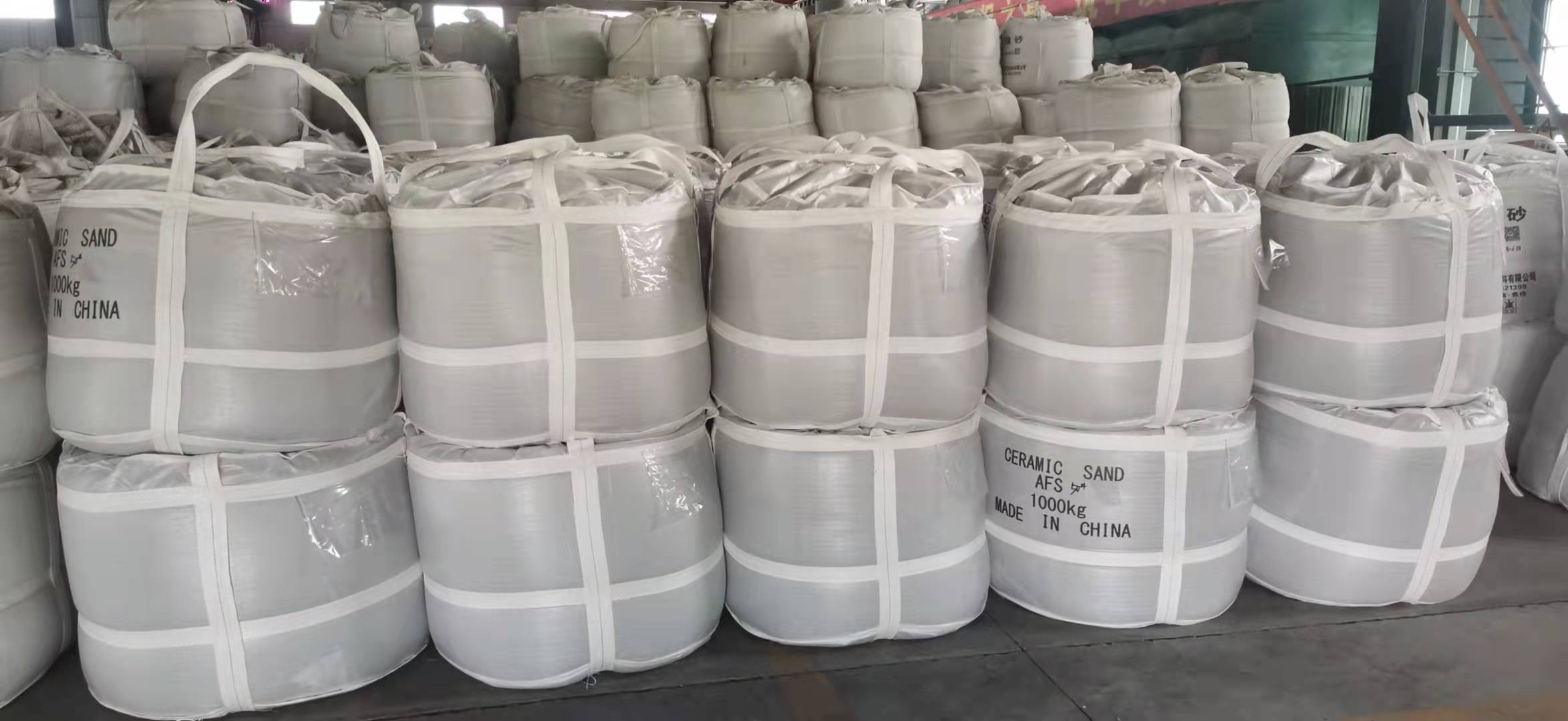Ceramic foundry sand for pump casting is an excellent choice, especially for critical and high-value components. It represents a significant upgrade over traditional sands like silica sand and even chromite sand in many aspects.
Here’s a detailed breakdown of its use, advantages, and considerations for pump casting.
What is Ceramic Foundry Sand?
Ceramic foundry sand is a synthetic, spherical sand manufactured from calcined ceramic materials (often based on alumina or mullite). It is engineered specifically for foundry applications to overcome the limitations of naturally occurring sands.
Key Advantages for Pump Casting
Pump components (like impellers, volutes, casings, and wear plates) are demanding. They often require:
Complex, precise geometries with thin sections and intricate water passages.
Excellent surface finish to minimize friction and turbulence.
High metallurgical quality to withstand abrasion, corrosion, and cavitation.
Dimensional accuracy to ensure proper fit and hydraulic efficiency.
Ceramic sand excels in meeting these demands:
1. Superior Thermal Stability & Low Thermal Expansion:
Benefit: This is its biggest advantage. Ceramic sand expands less than 0.1% when heated, compared to ~1.5% for silica sand.
Why it matters for pumps: It virtually eliminates veining, rat-tailing, and expansion-related defects in complex sand cores. This is critical for producing the clean, defect-free internal passages of an impeller or volute without costly repairs.
2. Excellent Surface Finish:
Benefit: The spherical grain shape and fine, uniform size distribution of ceramic sand pack very densely.
Why it matters for pumps: This results in an extremely smooth mold surface, which translates to a superior as-cast surface finish on the pump component. This reduces frictional losses in the fluid flow and minimizes the need for post-casting grinding and finishing.
3. High Refractoriness:
Benefit: Ceramic sand has a very high melting point (>1800°C / 3272°F), far exceeding that of silica sand.
Why it matters for pumps: It is ideal for casting all pump materials, including high-alloy stainless steels (e.g., CF-8M, Duplex), super duplex stainless steels, and nickel-based alloys, which are poured at very high temperatures.
4. Reduced Casting Defects:
Benefit: Its chemical inertness means it does not react with molten metal to form surface oxides or promote burn-on/penetration.
Why it matters for pumps: This leads to a dramatic reduction in chemical sand-related defects, minimizing scrap rates and ensuring the corrosion resistance of the cast surface is not compromised.
5. Improved Core Strength and Collapsibility:
Benefit: While requiring less binder than silica sand to achieve the same strength, ceramic sand cores still collapse readily after casting due to their low thermal expansion.
Why it matters for pumps: This combination allows for the creation of strong, handling-resistant cores for complex shapes while ensuring easy removal from internal passages after shakeout, preventing mechanical damage during cleaning.


